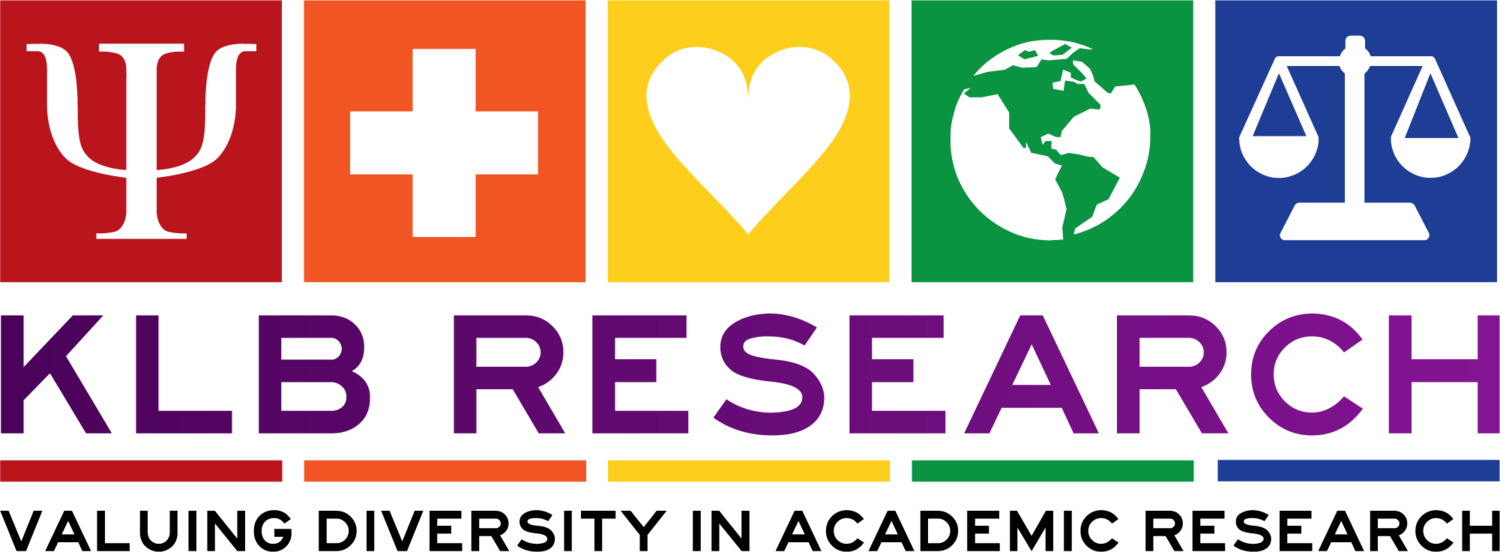As I stated in a previous post about being an Inclusive Researcher, there are most certainly legitimate and well-justified reasons for having specific sampling criteria that sometimes lead researchers to select entirely heterosexual samples, but for the most part, I often find the “reasons” touted for not including LGBTQ participants to be more along the lines of excuses. Often times these excuses are truly borne out of a lack of understanding, innocent ignorance or an unwillingness/inability to meddle through the bureaucratic red tape that is a part of all institutional research. This, however, is great news because it means that the majority of reasons that researchers, especially in the social sciences, avoid including LGBTQ participants in their samples can be easily addressed with information, advice, and a well armed arsenal of witty responses for ethics review boards.
I thought that I might be able to tackle all of the reasons and their subsequent solutions/rebuttals in one post, but that seems to have been an overly ambitious goal, so I have decided to make individual posts for each of the common reasons that I come across. If there are other reasons that you’ve come across, please feel free to share them with me through email, twitter or the comments below. As I tackle each topic, the links below will become active.
- We need to justify our use of a “Vulnerable Population”
- I’m Straight, LGBTQ participants wouldn’t trust me. Would they?
- Our measures are only for heterosexuals.
- We will find too few “of them” / We will have uneven samples
- I don’t know where to find “them”
- Adding sexuality will create too many conditions / groups / variables
- We need to understand how the phenomenon occurs in a normative sample first (i.e., heterosexual sample)
- We don’t have enough funding, it would increase our costs too much to include LGBTQ individuals.
Looking for some historical perspective? Researchers have been writing about heterosexual bias in Psychological research for over 3 decades.
Follow:

